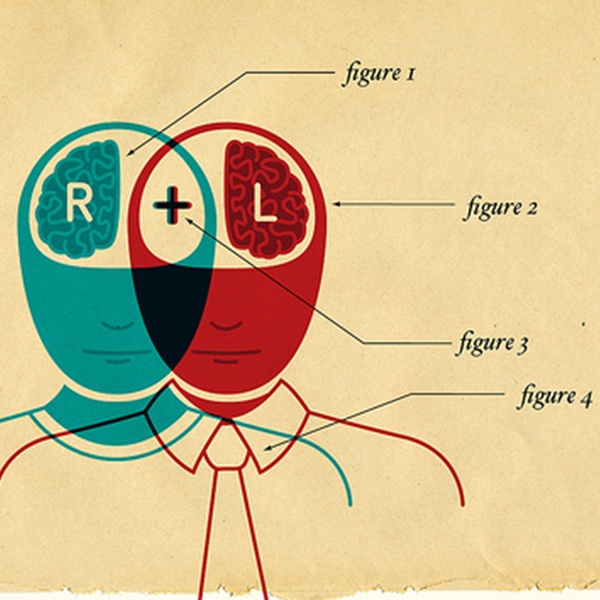We often come back to the Fast Company blog post by Seth Kahan, a change specialist and author of, “Getting Innovation Right”, published in 2013. Many of our clients are looking for help creating a brand strategy and developing corporate values that will help create a culture of innovation.
Seth presents three practical secrets for the innovative leader. We were particularly struck by his second secret:
Secret #2. Articulate the Way Forward
People rely on their leaders to craft a vision of the future that makes sense and can guide their everyday decisions. Most of the leaders I have met improvise this activity and many do it badly. And yet articulating a rousing vision of the future isn’t difficult. It can be your secret super-power, if you just master these three tactics:
Continue reading “Give People Meaningful Reasons to Innovate”












